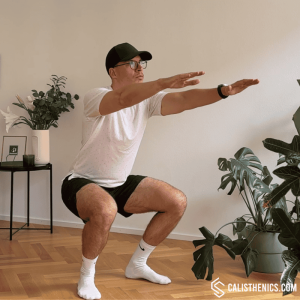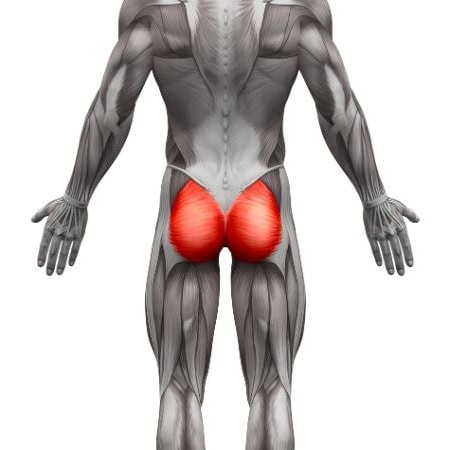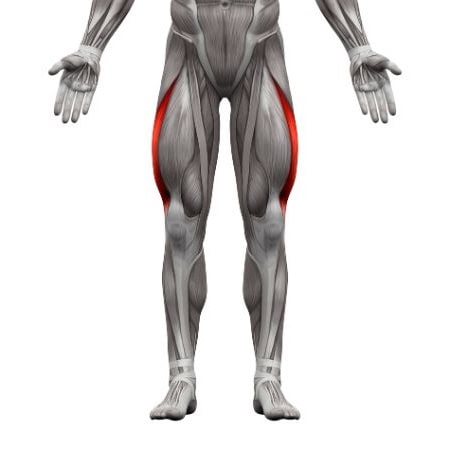Slow Motion Squats
How to do Slow Motion Squats?
Slow motion squats are a variation of the traditional squat performed at a slower pace, emphasizing control and time under tension. By moving slowly through the squat, you activate more muscle fibers, engage your stabilizer muscles, and improve overall strength and endurance. This exercise challenges your muscles in both the lowering (eccentric) and lifting (concentric) phases, making it an effective way to build lower-body strength, improve mobility, and enhance body control.
Steps to Perform the Exercise:
- Set Your Feet: Stand with your feet shoulder-width apart, toes pointing slightly outward.
- Engage Your Core: Tighten your abdominal muscles and maintain a straight back to ensure proper posture throughout the movement.
- Slowly Begin the Squat: Start by pushing your hips back slightly, then bend your knees to lower your body into a squat. Move slowly, taking 3-5 seconds to lower yourself, keeping your chest up and your weight distributed on your heels.
- Lower Until Parallel: Continue lowering until your thighs are parallel to the ground (or as low as your mobility allows), keeping your knees aligned with your toes.
- Hold for a Moment: Pause for 1-2 seconds at the bottom of the squat to increase tension and stability.
- Slowly Stand Back Up: Push through your heels and drive your hips forward as you stand back up, again taking 3-5 seconds to return to the starting position.
- Repeat: Perform 8-12 repetitions, adjusting the number of reps based on your fitness level.
Tips for the proper execution of Slow Motion Squats
Focus on Control: The key to slow motion squats is moving deliberately and with control. Avoid rushing through the movement, especially during the lowering phase.
Maintain Proper Posture: Keep your chest up and back straight as you squat. Avoid rounding your lower back, which can place unnecessary stress on your spine.
Knee Alignment: Make sure your knees are tracking in line with your toes. Avoid letting them collapse inward, as this can strain the knee joints.
Breathe: Inhale as you lower into the squat, and exhale as you push back up. Proper breathing helps stabilize your core and improve endurance.
Weight Distribution: Keep your weight on your heels throughout the movement. You should be able to wiggle your toes as you squat down.
Muscles worked when doing Slow Motion Squats
- Primary Muscles: Quadriceps, hamstrings, glutes.
- Secondary Muscles: Calves (gastrocnemius, soleus), core (rectus abdominis, obliques), lower back (erector spinae).
Primary Muscle(s):
Secondary Muscle(s):
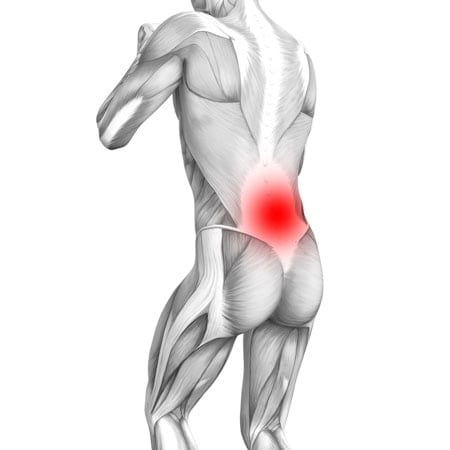
Lower back
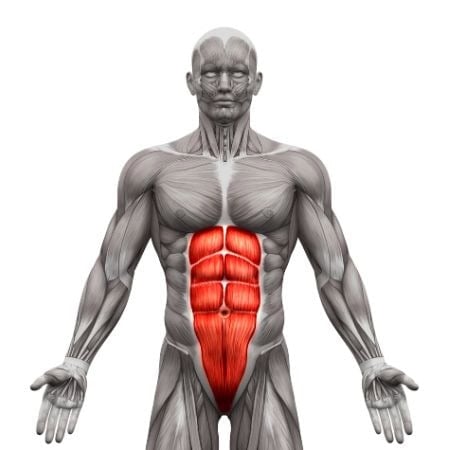
Abdominal
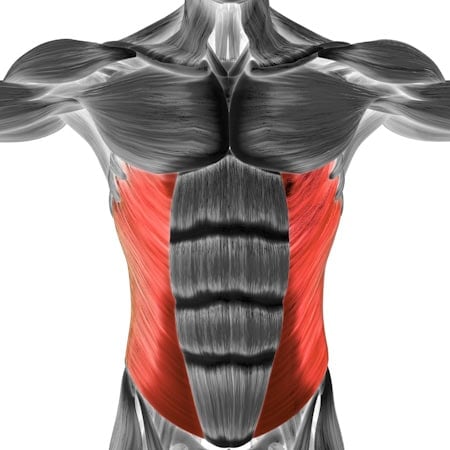
Oblique
Equipment needed for Slow Motion Squats
No equipment needed for this exercise.
Adjust the difficulty of Slow Motion Squats
How to make Slow Motion Squats harder?
How to make Slow Motion Squats easier?
How to make Slow Motion Squats harder?
To make Slow Motion Squats harder:
-
Increase Time Under Tension: Take 5-8 seconds to lower into the squat and 5-8 seconds to rise. This increases the difficulty by placing your muscles under tension for a longer period.
-
Add a Hold at the Bottom: Pause for 3-5 seconds at the bottom of the squat before standing back up to increase muscle engagement and control.
-
Add Resistance: Hold a dumbbell or kettlebell at chest height (goblet squat style) or place a barbell on your upper traps to add resistance and challenge your muscles further.
How to make Slow Motion Squats easier?
To make Slow Motion Squats easier:
-
Reduce Range of Motion: If you struggle with depth, perform a partial squat by only going down halfway. Gradually increase your range of motion as your strength and flexibility improve.
-
Perform Wall Squats: Stand with your back against a wall and perform slow motion squats, using the wall for support. This helps improve form and control without placing too much stress on your knees or back.
-
Decrease Time Under Tension: Shorten the duration of the squat, taking 2-3 seconds to lower and rise instead of 3-5 seconds. You can increase the time as you gain strength.

